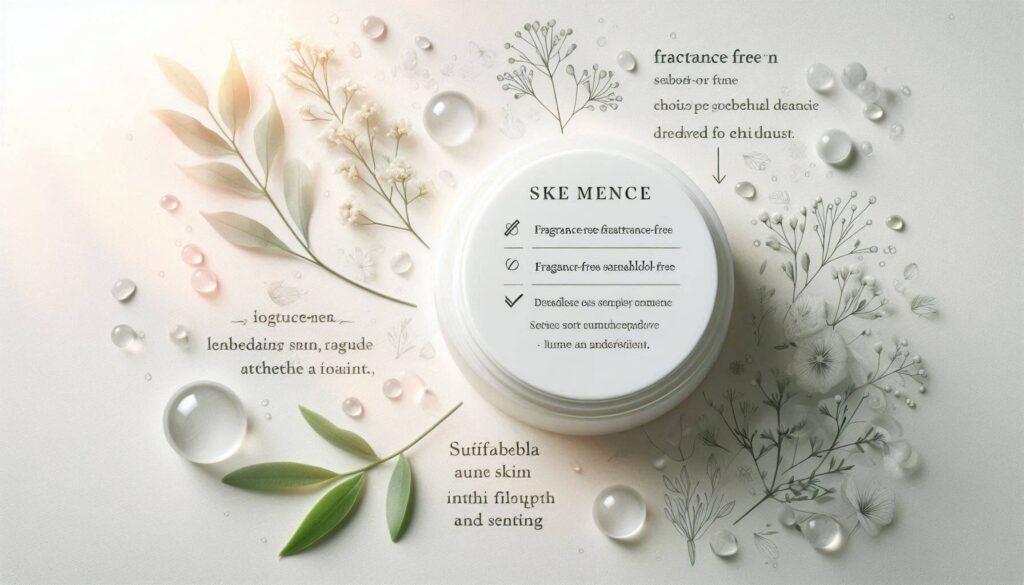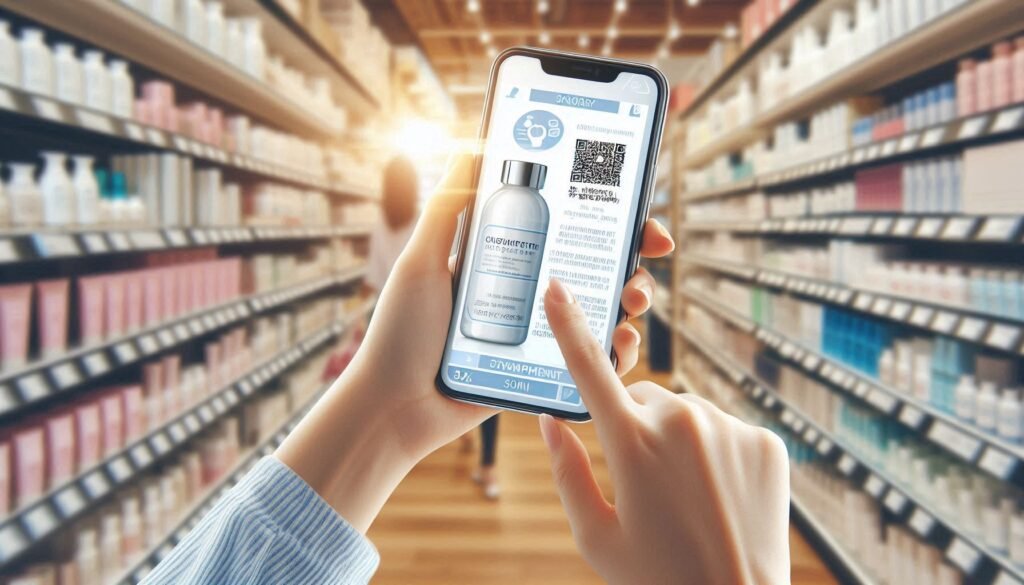Introduction: Sensitive Skin and Skepticism in 2025

In 2025, consumers with sensitive skin are more informed, more cautious, and more vocal than ever. With ingredient-checking apps, Reddit reviews, and TikTok dermatologists shaping decisions, transparency is the new trust currency.
Especially for those with reactive or allergy-prone skin, the question is no longer just “Does it work?”—it’s “What’s inside, and can I trust it?”
This shift is a game-changer for skincare brands and OEM/ODM manufacturers. Success now depends not only on formulation but on radical transparency, clean-label design, and clear communication.
1. Clean Labels: What Do Consumers Really Want?

“Clean” means different things to different audiences, but for the sensitive-skin segment in 2025, it typically includes:
No synthetic fragrance or essential oils
Short, readable ingredient lists
Clearly labeled active concentrations
Free-from claims (e.g., “free from sulfates, parabens, and drying alcohols”)
Clean isn’t just a trend—it’s a consumer expectation. And vague claims like “natural” or “green” no longer cut it.
✅ OEM Tip: Work with clients to pre-approve ingredient lists and build shared “NO” lists based on target market sensitivities.
2. The Rise of INCI-Literate Consumers

More users are reading ingredient labels—and understanding them. Thanks to platforms like INCI Decoder and Paula’s Choice Ingredient Dictionary, shoppers now spot red flags like denatured alcohol, fragrance, or unnecessary fillers.
For sensitive skin, trust is built through:
Full INCI transparency on product pages
Ingredient spotlights that explain what each component does
Third-party testing or dermatologist approval
📈 Data shows a 30% higher repurchase rate for skincare products that offer clear, digestible ingredient education.
3. Marketing That Matches the Label

You can’t claim “soothing” if you use known irritants. In 2025, mismatched marketing and formulation is a fast track to negative reviews and lost loyalty.
Your formulation must reflect:
Functional transparency (what does each ingredient do?)
Safety positioning (who is this suitable for?)
Science-backed proof (why was this ingredient chosen?)
👩🔬 Case Example: A brand promoting “for sensitive skin” while using essential oils will face immediate consumer backlash on TikTok.
4. Transparency in the OEM/ODM Process

Clean-label skincare starts at the manufacturing table. As a brand owner, you must ensure your OEM partner can:
Provide full formulation breakdowns
Offer alternatives for high-risk or allergenic ingredients
Supply MSDS and compliance certifications for every raw material
📂 Suggested Documents to Request from Your OEM:
Ingredient origin certifications
Vegan or cruelty-free proof (if applicable)
Patch test results for sensitive-skin formulas
5. Regulatory Alignment: Clean Must Also Be Compliant
In regions like the EU, clean-label claims must follow strict marketing and safety guidelines. OEMs and brands should collaborate on ensuring all:
“Free from” claims meet legal standards
Labeling aligns with Cosmetics Regulation (EC) No. 1223/2009
Language avoids greenwashing while still building brand trust
🌿 Transparency must be both consumer-friendly and regulator-ready.
6. Gen Z’s Impact: Trust Is Built Visually and Verbally

Gen Z skincare buyers are known for deep-dive research. They don’t just read the label—they check your TikTok, your sourcing, and your founder’s philosophy.
A transparent brand should:
Showcase behind-the-scenes lab and formulation content
Include ingredient explainers in carousels or Reels
Let chemists or R&D heads speak to product integrity
👀 Transparency ≠ technical overload. Focus on clarity, honesty, and education.
7. Conclusion: Transparency Is the New Differentiator
In a crowded skincare market, especially for sensitive skin, clarity wins. A clean label isn’t just a design choice—it’s a reflection of your brand’s values, your manufacturer’s ethics, and your audience’s needs.
For OEMs and brands alike, transparency must be built into the entire product lifecycle, from R&D to marketing.
Because for the sensitive-skin consumer in 2025, trust begins at the ingredient list.